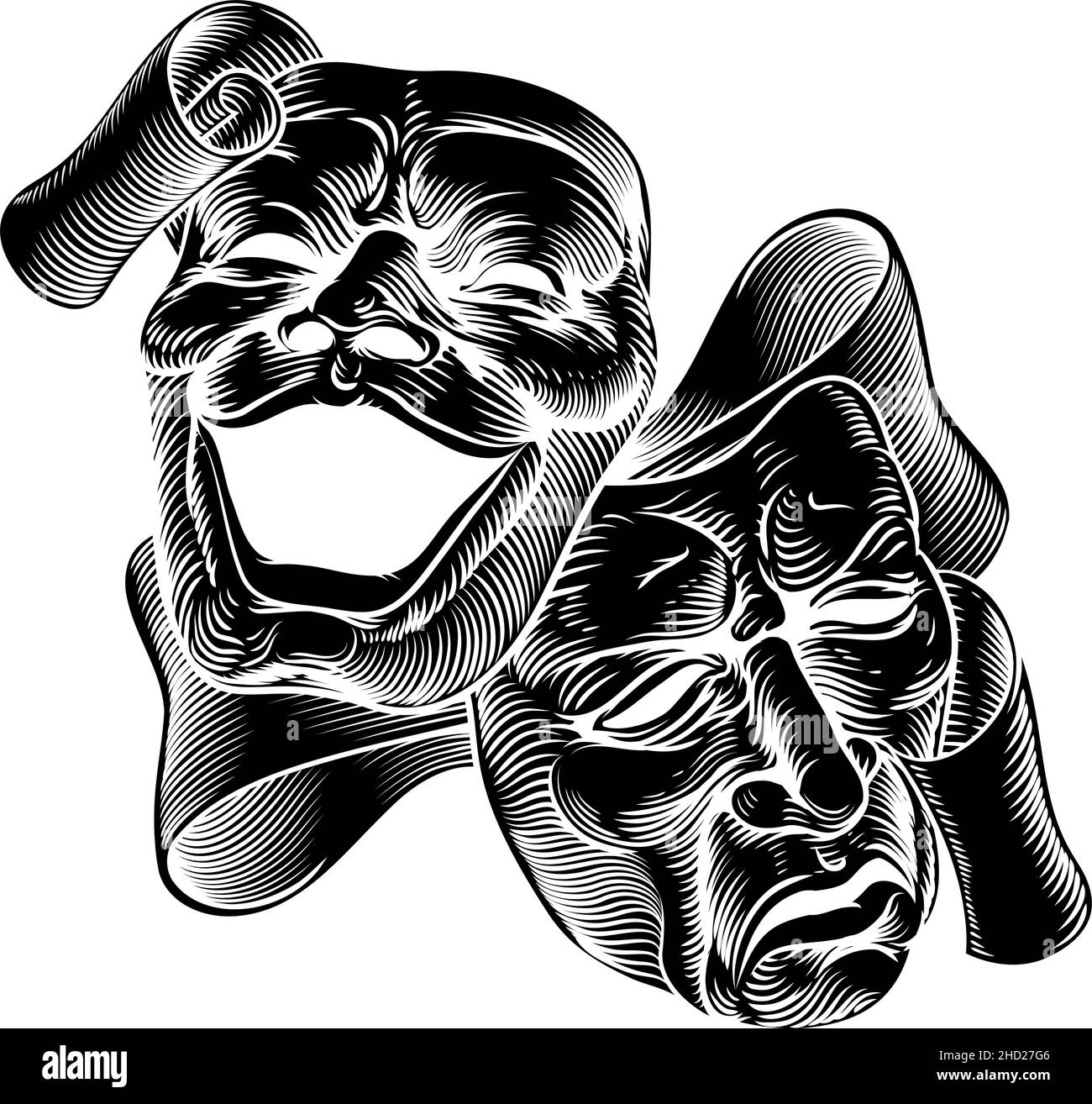While studying literature, we students often come across figures of speech, like hyperbole and oxymoron, and we find these concepts quite difficult to understand sometimes. We try to avoid learning these concepts most of the time, but we need to understand that these concepts are necessary to understand if we want to gain fluency in a language. There is no need to worry about these terms because once we understand what figures of speech are, we can easily learn the various terms, like hyperbole and oxymoron, that are associated with it.
Figures of speech are nothing but simple words or collections of words that describe a person, object, event or a situation in a more creative and imaginative way through comparisons, contrasts, exaggeration, etc. Hyperbole and oxymoron are some terms that fall under this conceptual umbrella called ‘figures of speech’. Students can learn about these terms in various ways. Plentiful resources are also available on trusted educational websites that explain about hyperbole and oxymoron.
Books about learning the English language and literature also talk about these terms. Students can refer to these kinds of resources also to learn about these terms. One thing that we need to keep in mind while learning these terms is that these are not grammatical concepts. Students should understand this difference and try no to confuse grammatical concepts with terms like hyperbole and oxymoron that come under figures of speech. These two terms are just creative expressions with words to make the reading material in literature more pleasing and apt.
How to Learn the Usage of Hyperbole and Oxymoron
Hyperbole and oxymoron are quite different in their respective functions when it comes to literature. We need to keep this in mind while going for learning and practice. The two figures of speech are used in completely different ways i.e., one is about exaggeration while the other is about contrast. Let us look at some of the ways in which we can learn and use these concepts in usage of the English language in our day-to-day life.
Firstly, when we are preparing ourselves for a lesson in these concepts, we need to be clear about the meanings of words and expressions used in the sentences. Without a good vocabulary, we will not be able to figure out how the concepts have been used in sentences. Hyperbole and oxymoron are most commonly used in literary works, like poetry and creative pieces. Understanding meanings is a necessary prerequisite for figuring out how hyperboles and oxymorons are used.
Another point that is very important while figuring out the presence of hyperboles and oxymorons in writing or reading is that these are generally not used in formal writing or reading. The language used in formal settings is much more strict and straightforward. There is no scope for much creativity, and thus, the usage of hyperboles and oxymorons in formal settings is highly discouraged.
For familiarising yourself with the usage of hyperboles and oxymorons, you can start by reading literary pieces that are creative in nature – especially poetry. You will have a huge scope of finding figurative language devices like hyperboles and oxymorons. Once you understand the meaning of a poem, you will be able to easily analyse and figure out the usage of hyperbole or oxymoron in it.
To be an expert on these topics, you need to practise a lot of exercises related to these topics. Reading literature is always the best way to inculcate these concepts in you. Another way would be to start writing your own creative pieces that contain hyperboles and oxymorons.
Hyperbole and oxymoron are two very important literary devices in the English language, and one definitely needs to master these if they want to excel at expressing their opinions in English.
